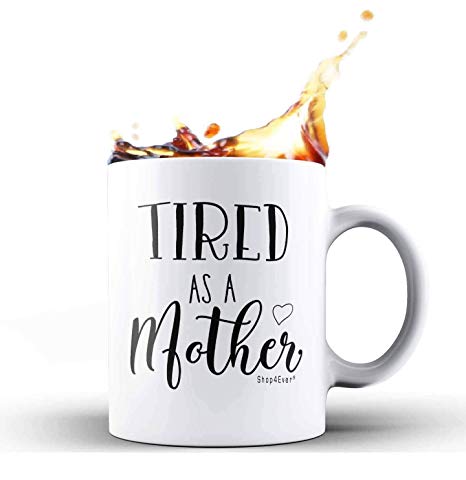Sleeping
Ahhh, sleep: the first leg in the holy trinity of babydom.
As a new parent, SLEEP is the part of your life that will be most affected by having a newborn baby.
Despite the fact that safe sleep for babies entails minimalism, there’s actually some great stuff that can seriously help you out in the baby sleep department. So even though technically you could get by with nothing more than a pack ‘n play, this is an area where we definitely recommend investing in some other items – swaddles, noise machines, monitors, etc. — to help streamline your (baby’s) sleep.
That said, there’s also a bunch of crap you don’t need, and you won’t see any of that here. And needless to say, no amount of stuff guarantees anything as far as baby sleep goes. So you still might be up all night. Or maybe you won’t! And that’s awesome.
Either way, you’re going to want a killer coffee situation. 🙂 You deserve it.

To make things easier for you, we’ve broken all things baby-sleep-related into categories. Trust us: from the other side of the cruel-and-unusual-punishment level of sleep deprivation that’s par for the course with a newborn, these are the top must-have basics and gadgets to put your best foot forward… into bed.
But first! A word on safe sleep, because it’s just that important:
The Latest on Safe Sleep
In its 2022 safe sleep guidelines, the AAP acknowledges the reality that many parents in the U.S. bed-share; and while the organization offers *some guidance for bed-sharing safely (scroll down to #4 and sub-points), it’s not entirely helpful… (mostly, it says “don’t”). For more info on safe bed-sharing, you can check out these guidelines from the Mother-Baby Behavioral Sleep Laboratory at Notre Dame University, run by expert James McKenna, a scientist who has been studying SIDS and bed-sharing for decades. [Safe Sleep FAQs]
Wherever your baby sleeps, the first and most important recommendation is to always lay your baby to sleep on his or her back; the next is to always use a firm, flat sleeping surface. The sleeping surface should be firm, flat, and empty (no blankets, pillows, stuffed animals, etc., and no hammocks, swings, seats, etc.).
According to the AAP guidelines, that sleeping surface should be in your room, near your bed. If you do bed-share, one key theme is to plan ahead for it by enacting as many other safe sleep measures for your own bed as possible. *Avoid sleeping with your baby impromptu, and especially on couches/sofas/chairs, because these spots are particularly high-risk.
Other (at least *somewhat* controllable) ways to reduce the risk for SIDS and other kinds of infant sleep-related deaths include breastfeeding (exclusively, if possible), not smoking, getting prenatal care, and offering baby a pacifier.
The guidelines are not perfect, and even if you follow them to a tee, you can’t protect your baby 100%, but knowing what you can do—and doing it—might help you sleep a little better. At the risk of sounding like a broken record, I repeat, the most important things you can do are to lay your baby to sleep on his back, and use a flat, firm surface.
Taking care of a new baby is all about striking a balance and finding what works for you, right? I ALWAYS followed these tenets for overnight sleeping, but when my son fell asleep during the day in his bouncer or his swing, I let him sleep, and I kept an eye on him. Maybe that decision didn’t adhere to the “correct protocol,” but I wasn’t about to wake him up. Knowing what I know, I’ll probably try harder to follow the guidelines better during the day with my daughter… but I’ll see what happens.
Brittany Clair, author of Rest Uneasy: Sudden Infant Death Syndrome in Twentieth-Century America
Ok, good.
In this guide, we will go over all the sleeping stuff — from the best bassinets to the best nightlight and more — so maybe you too can catch some ZZZs.
And then, we’ll talk about poop. You know you want to.